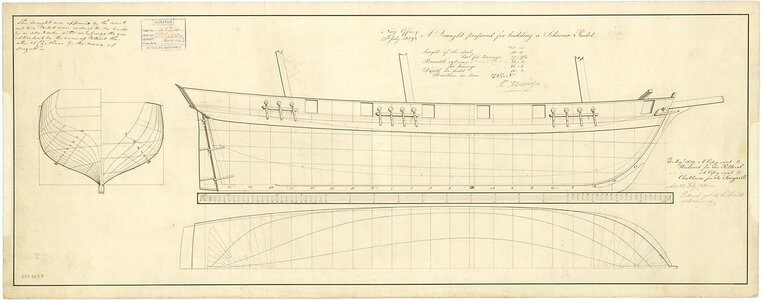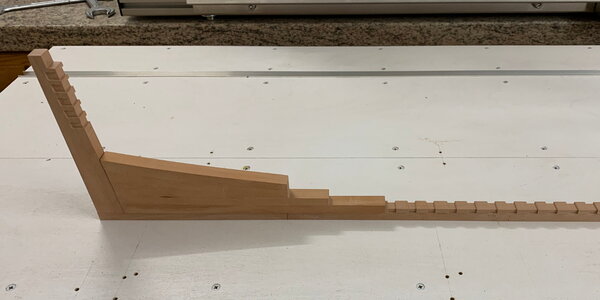- Joined
- Jul 12, 2023
- Messages
- 61
- Points
- 78

Keel and false keel nearing completion, just sanding to size. Then add dowels to provide additional fixing of the two parts. Stern parts templated and cut. Stem parts traced and wood joined to provide blank for cutting. Should lay down keel shortly.
Struggling to finally resolve frame spacing. Section midships show frames touching, also tapered on molded sides from 12” to 6” at top sides. Acknowledge the frame stations and plan section are a guide but should I build with no space, single space or double space. Closing in on needing to commit! Any recommendations?
Struggling to finally resolve frame spacing. Section midships show frames touching, also tapered on molded sides from 12” to 6” at top sides. Acknowledge the frame stations and plan section are a guide but should I build with no space, single space or double space. Closing in on needing to commit! Any recommendations?


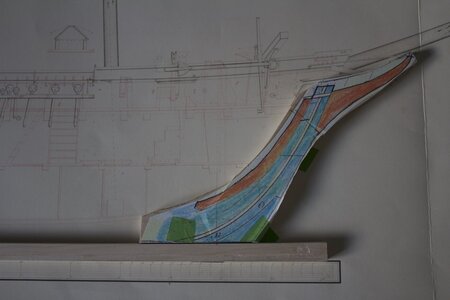
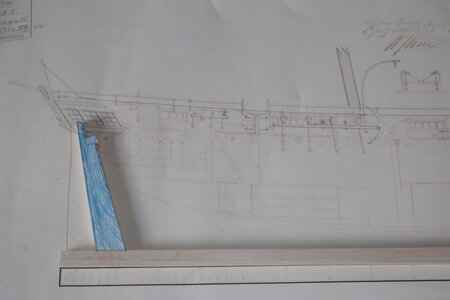
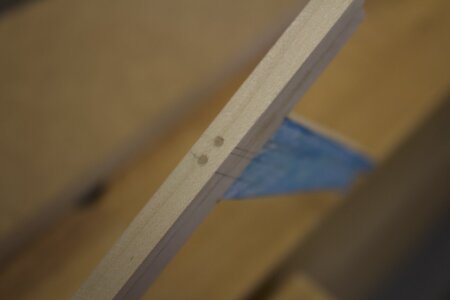
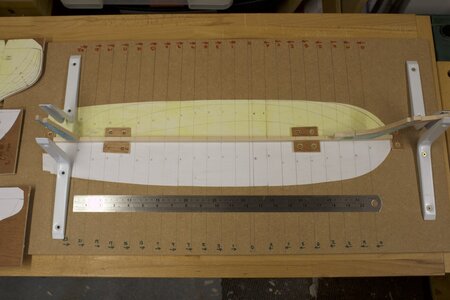
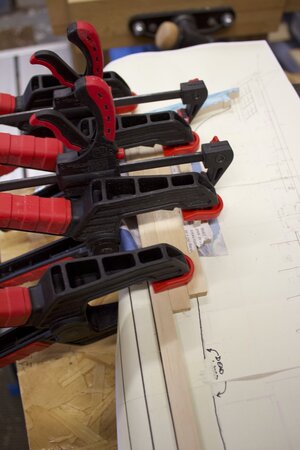
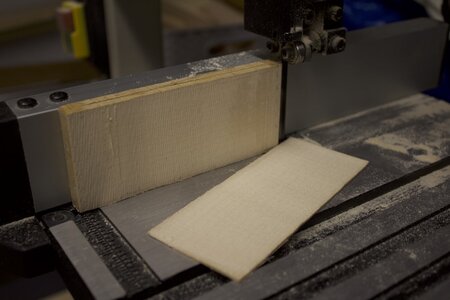
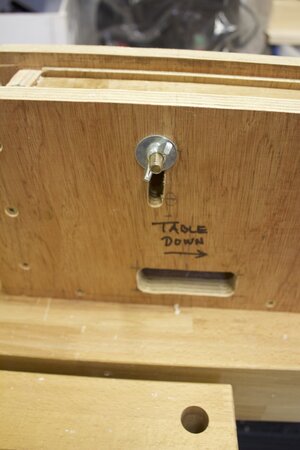
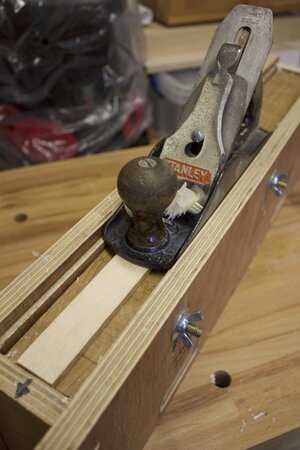
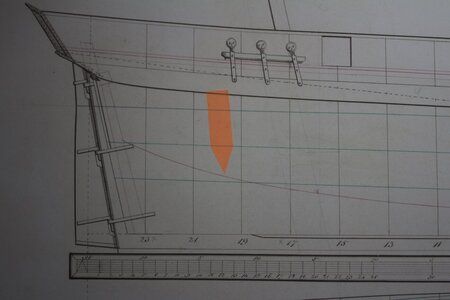
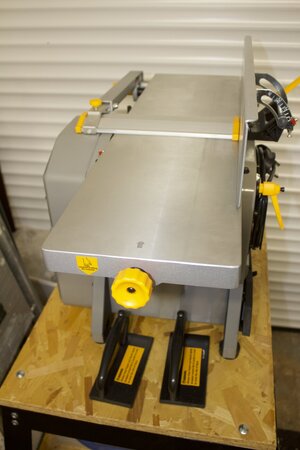
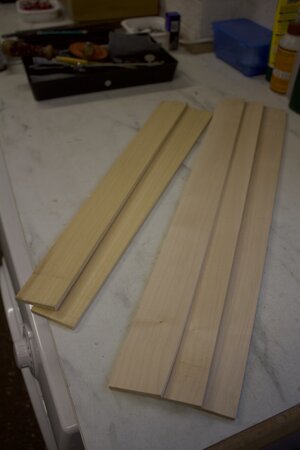
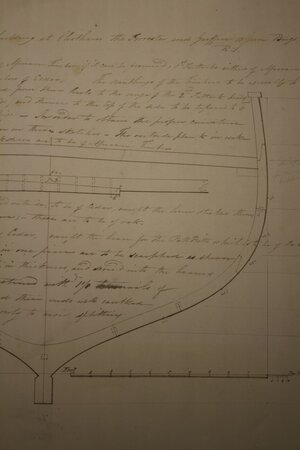
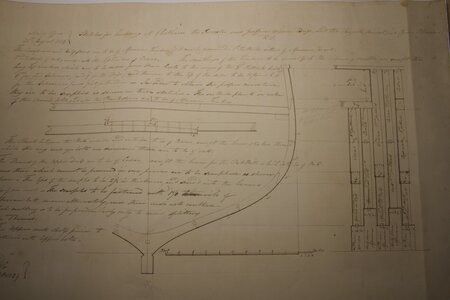

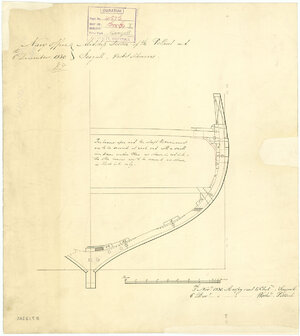
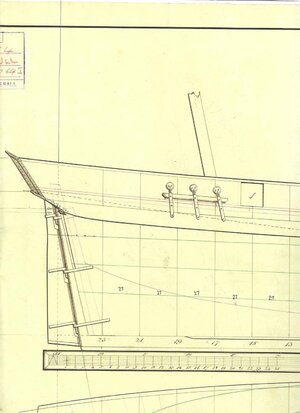
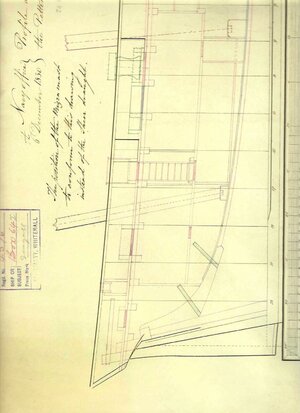
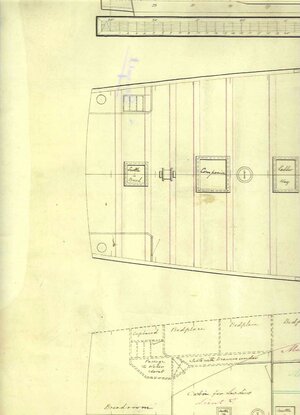
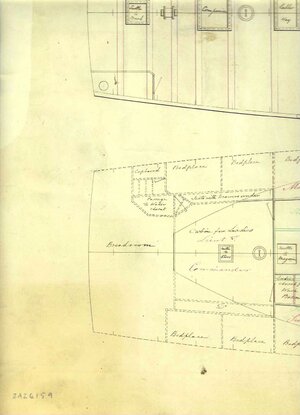
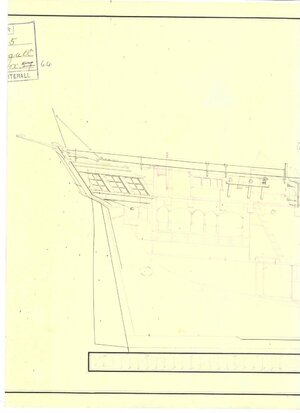
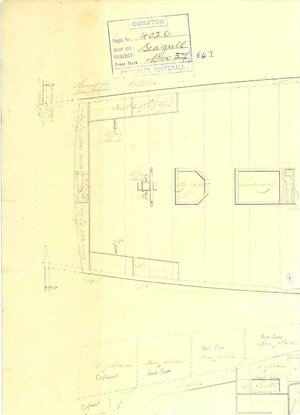
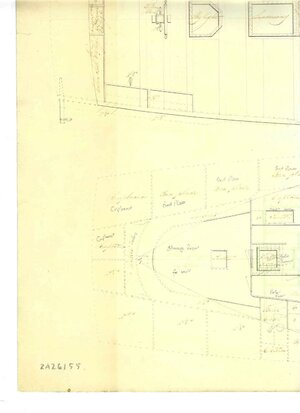

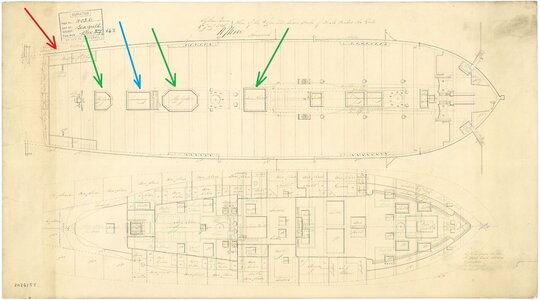
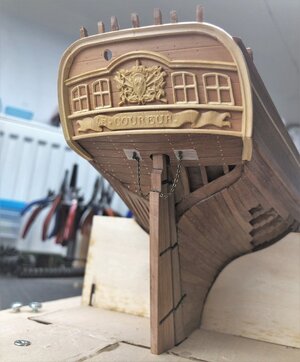
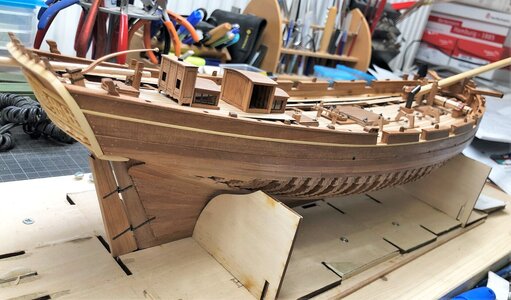
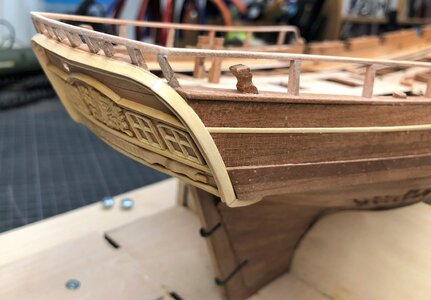
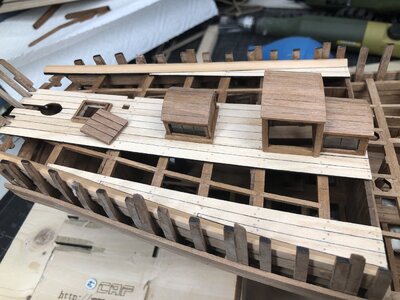
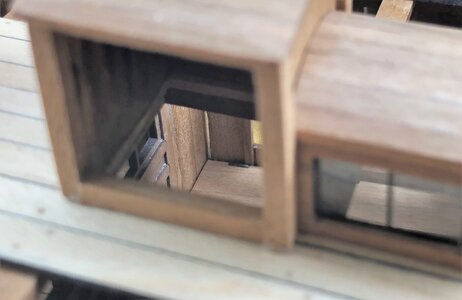
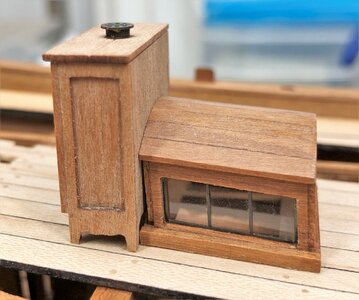
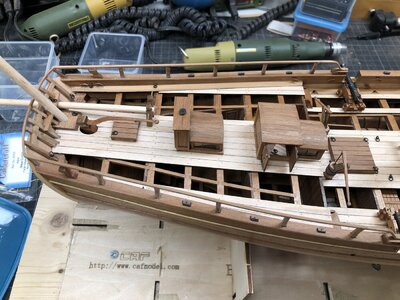
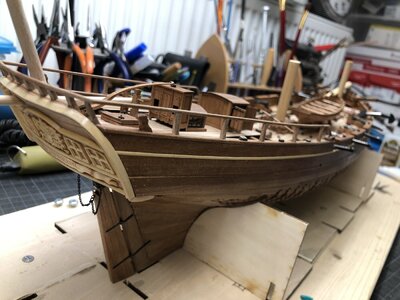
![]O[ Frame with futtock dowel.jpg ]O[ Frame with futtock dowel.jpg](https://shipsofscale.com/sosforums/data/attachments/382/382275-08b44c616b758fdb7088355e45dc379d.jpg)
![]O[ Frame on Keel with Rule.jpg ]O[ Frame on Keel with Rule.jpg](https://shipsofscale.com/sosforums/data/attachments/382/382276-4dd738f01c106a890c26aba7a8fd0a5f.jpg)
![]O[ Close up with rule -2.jpg ]O[ Close up with rule -2.jpg](https://shipsofscale.com/sosforums/data/attachments/382/382277-5ecc64f9e96076fb33f1a2b836538511.jpg)
